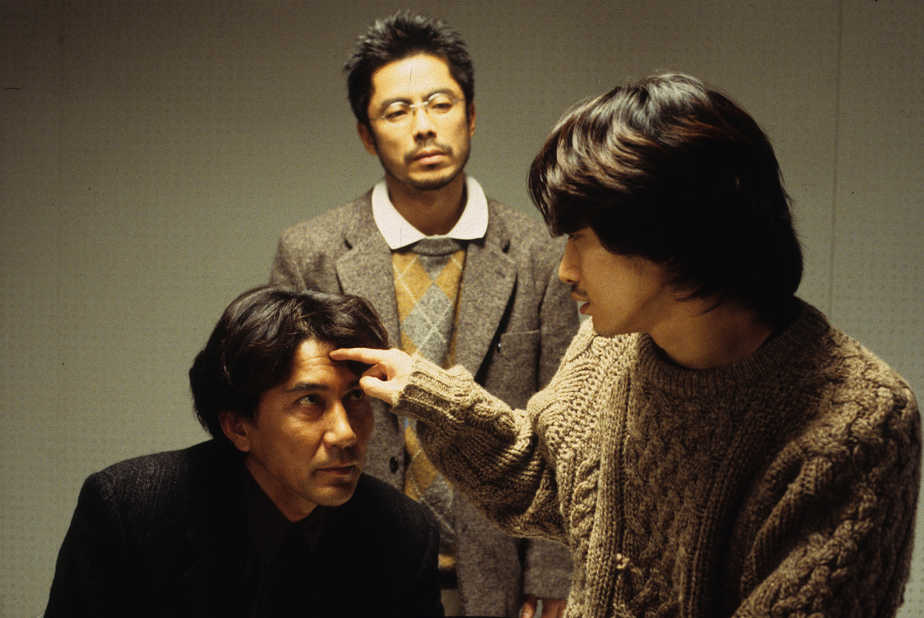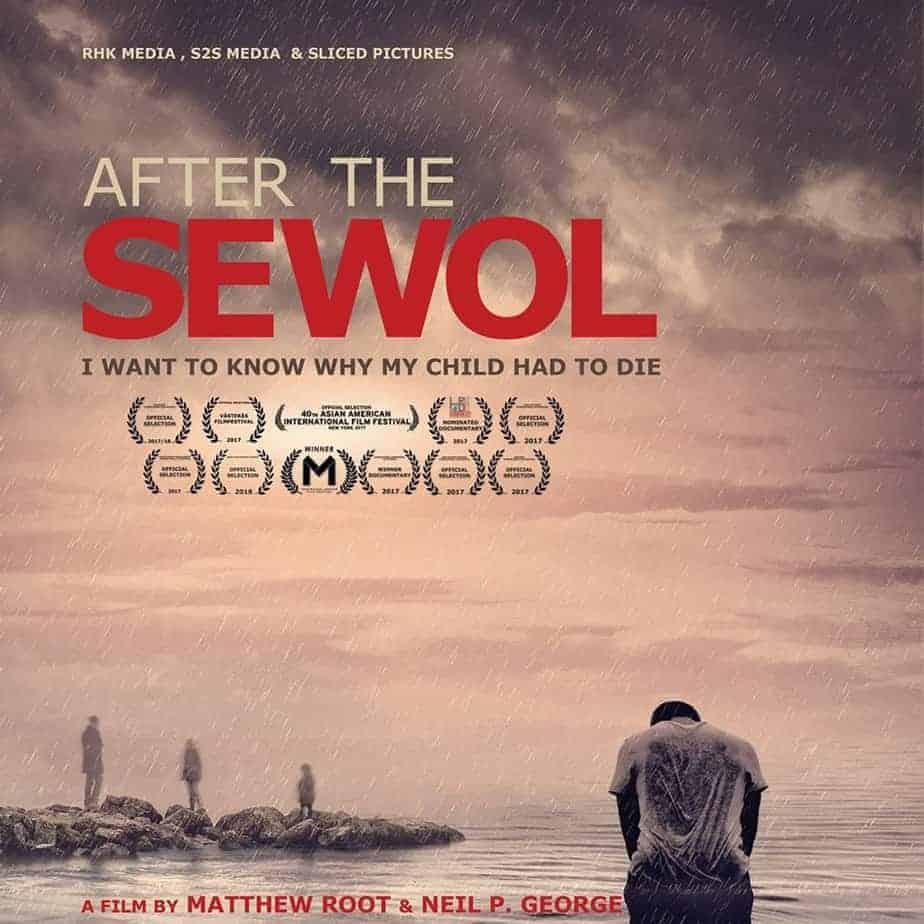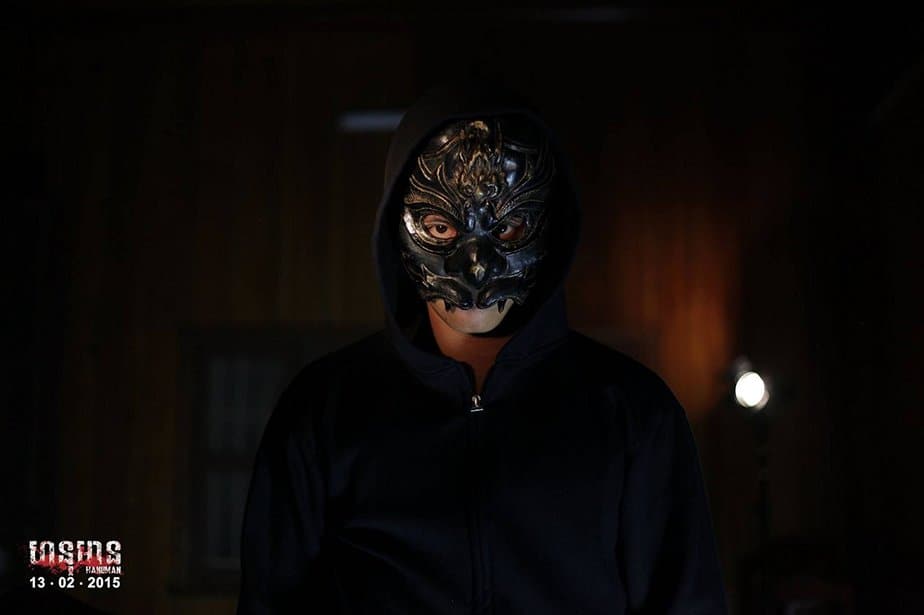The film that established Kiyoshi Kurosawa as the master of slow horror is a true masterpiece of J-horror, through a unique approach that combines terror with the serial crime film and an imposing atmosphere with pointy social remarks.
Buy This Title
The story revolves around a series of murders occurring in Tokyo. The common elements in the cases are an X carved with blood in the victim's neck, and the fact that the murderer is found close to the victims, but does not remember a thing. Detective Takabe and psychologist Sakuma are trying to find out what happened, but their research reaches a dead end. Eventually, one man named Mamiya emerges as the common link among the murders.
Instead of resorting to plot twists and reversals, Kurosawa gradually creates a maze that combines terror with confusion, in a tactic that exemplifies the ingenuity of both his direction and writing. The build-up of the tension through the narrative is one of the film's greatest assets, as Kurosawa creates a world where nothing is for certain, including the existence of the supernatural. Koji Yakusho, in one of the best efforts of his vast filmography, functions as the receiver of this tension, with his change in attitude that borders on the nervous breakdown as the story of unfolds, being one of the highlights of the film, while the scenes where he lushes out are among the most memorable in the genre.

On the opposite side lies Masato Hagiwara as Mamiya, who plays the part of the ingenious psychotic with a resolve that fits the film's aesthetics perfectly, while fully contradicting Takabe's attitude. This presentation, which goes against of what is perceived as normal and even just, of the downward spiral of a man who is, supposedly, in the “correct” corner of the law and the constant composure of the man who is in the exact opposite position, forms one of the basic themes of “Cure.”
Kurosawa uses the narrative to present his take on human nature, highlighting, metaphorically, the fact that any individual's identity is shaped, and thus can change, by the people he interacts with and through the events that occur in his life. By presenting this theory, Kurosawa gives an eloquent answer to the question “Are murderers born or made?”
In the creation of the imposing atmosphere of the film, Kurosawa benefits the most by Noriaki Kikumura's cinematography, who manages to retain the sense of confusion and to present the gradual deconstruction of Takabe in the most elaborate way, in a number of locations that include police boxes, the interrogation room, the cell, the psychiatry, etc. His framing is exceptional, with the images in the sea and the abandoned house in the country being the most distinct samples of his technique. He and Kurosawa do not shy away from depicting some gore in the film, although this element is toned down in comparison with the majority of the J-horror productions.

The same applies to Kan Suzuki's editing, which, at times, is the main source of horror in the movie, through a number of sudden cuts, usually depicting the death of a character. This sudden change of speed, since the film moves in a relatively slow pace for the most part, works quite well, both in terms of horror, and as a kind of relief from the “burden” the atmosphere provides.
“Cure” is a true masterpiece that transcends the borders of the J-horror by combining it with a number of philosophical comments, while Kurosawa's trait of creating imposing atmospheres finds its apogee here. A must-see for every fan of cinema.
















